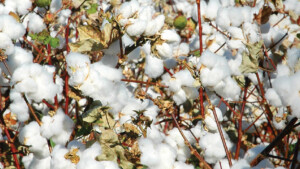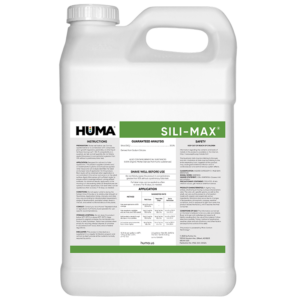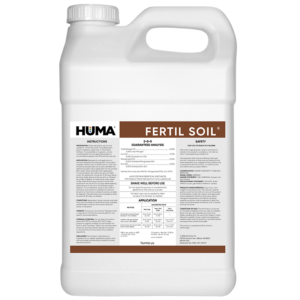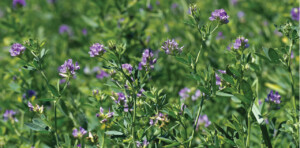TURFPLEX IV
Benefits of Use:
- More consistent and sustained turf color and texture
- Increased stress tolerance
- More efficient nutrient uptake without leaf burn
- Better stimulation of root growth in seedlings and transplants
Deficiency Symptoms—When to Apply:
- Plant stress caused by nutrient deficiencies, insects, disease, weather, chemicals, or mechanical damage
- Leaf symptoms: Yellow-to-brown leaf edge, pale green leaves, leaf tips dying
- Root symptoms: Shallow rooting
FAQs
Related Products
Related Case Studies

Huma® Program Increases Strawberry Yields 13%, With an Increased Return of > $3,400/acre
Objective This field trial assessed the effects of an additional 4 foliar applications of Huma® products on the yield of Portola strawberries when compared with the grower’s standard crop nutrition program. Materials & Methods This trial was set up in a complete randomized-block design conducted during the growing season of July 18 through November 28

Huma® OM Soil Activator Increases Cotton Yield 20%, With 141% ROI
Background In an earlier in-house research project, it was observed that OM Soil Activator (formerly known as Fertilgold® Soil) caused plants to grow better and improve soil characteristics. The product as then released for field trial status. Objective The focus of this study was to observe if OM Soil Activator could improve cotton yield under

Huma® Organic Fertilizers Easy to Use, Improve Yield on Organic White Corn
Objective The objective of this field trial was for the grower to evaluate the ease of use and the effectiveness of 4 OMRI-Listed liquid Huma® organic crop nutrition products based on known field deficiencies. Materials & Methods The organic producer provided 2 80-acre plots of organic white corn in eastern Nebraska that was at the
Related Blog Posts

This Week in Ag #76
Corn is made in July, soybeans are made in August.” That’s long been the belief of many farmers in the Midwest and much of the South. This is based on the reproductive stages of the various crops. For corn, pollination (tassel time), which usually takes place in early July, is the most critical phase in

Video: Super Phos + Calcium Mixing Stability Test
English and Spanish subtitles are available. In this video, we demonstrate the unique compatibility of our highly concentrated Super Phos® 0-50-0 product when mixed with calcium. In traditional fertilizers, when phosphorus and calcium are mixed they can precipitate and fall out of solution. The resulting calcium phosphate can clog drip emitters and damage sprayers. Our

Strengthening the Biostimulant Movement with HPTA
By Lyndon SmithPresident and CEO,Bio Huma Netics, Inc. We attended the Humic Products Trade Association (HPTA) annual meeting this past month in Park City, Utah. It’s always a pleasure to get together with industry peers and talk about issues pertaining to HPTA as well as discussing the latest and the greatest research and product developments












